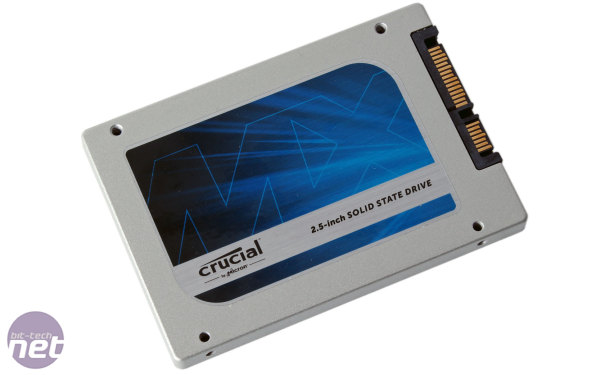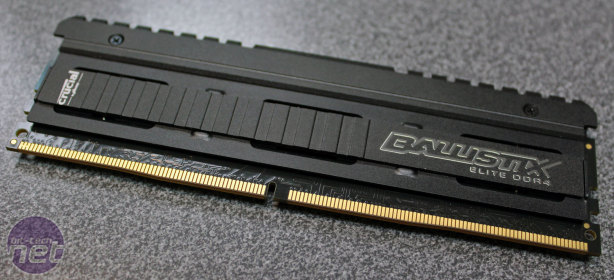
Computex 2014 - Crucial
The main event for Crucial at Computex this year was the launch of its new MX100 series of SSDs that targets value oriented customers and offers low price per gigabyte thanks to Micron's 16nm NAND.Our review of the 512GB MX100 was practically glowing – it's a fantastic drive. However, as its performance and features are virtually identical to the M550, we questioned how Crucial intended to market the M550 512GB since from our perspective price was the only difference between them. We brought this up in our meeting with Crucial, and the company readily admitted that the benefits of the M550 were not as immediately apparent at 512GB as they are at the lower capacities, where it is significantly faster. However, they did point out that there are a few nuanced differences in performance, especially with high queue depth read workloads, that can be beneficial to high end and certain workstation applications that rely on muli-million or even multi-billion data points. What's still clear, however, is that for the vast majority of consumers and enthusiasts, the MX100 512GB is the better choice of the two.
Sadly, despite us pressing for more information, Crucial had nothing new to announce in the SSD space, telling us only that more would become clear this year.
The other thing Crucial wanted to speak about was its DDR4 memory, essentially to tell us that it has already been shipping DDR4 modules to server users for some time and that it will be more than ready with consumer brands once X99 hits the shelves.
We were shown a Ballistix Elite DDR4 module, which is part of Crucial's high end product line, with Ballistix Tactical and Ballistix Sport being those below it before you reach the standard Crucial range (i.e. non-Ballistix). The module is rather unexciting, though the metal heatspreader is very sturdy and the relatively low profile design and neutral black tones mean it's likely to have high compatibility with many systems, both aesthetically and with regards to oversized coolers.
Crucial expects its DDR4 modules to be available in 2,666MHz and 3,000MHz options, and even higher depending on how well the production and binning processes go. Such high speeds are a lot easier to attain with DDR4 than DDR3, so they won't carry the absurd price tags that similar speed DDR3 modules tend to fetch.
The standard Crucial modules are likely to begin at 2,133MHz, with 2,400MHz becoming more of a default soon after that (in a similar way to which DDR3 1,333MHz has been replaced by 1,600MHz and 1,866MHz as “standard” offerings).

MSI MPG Velox 100R Chassis Review
October 14 2021 | 15:04










Want to comment? Please log in.